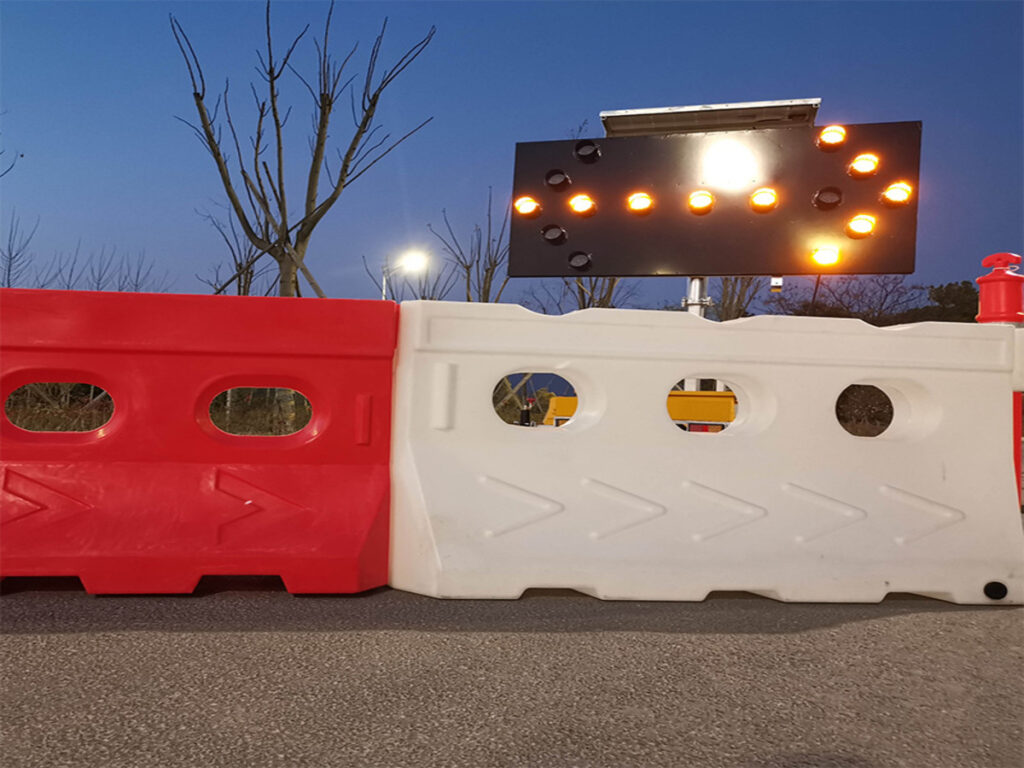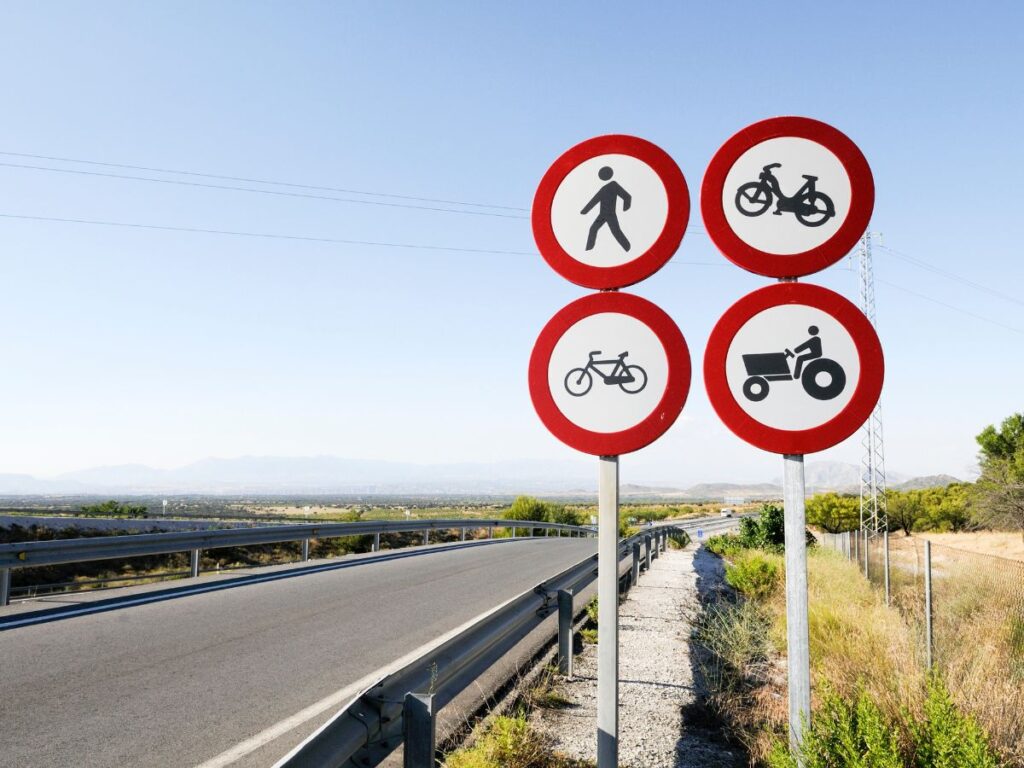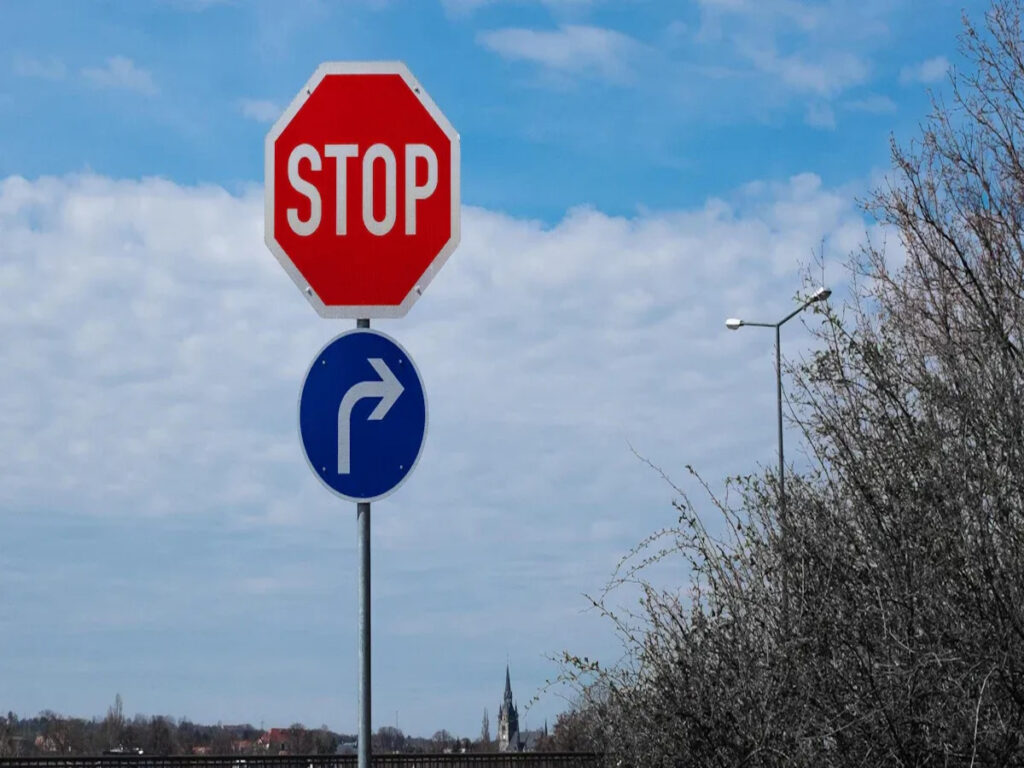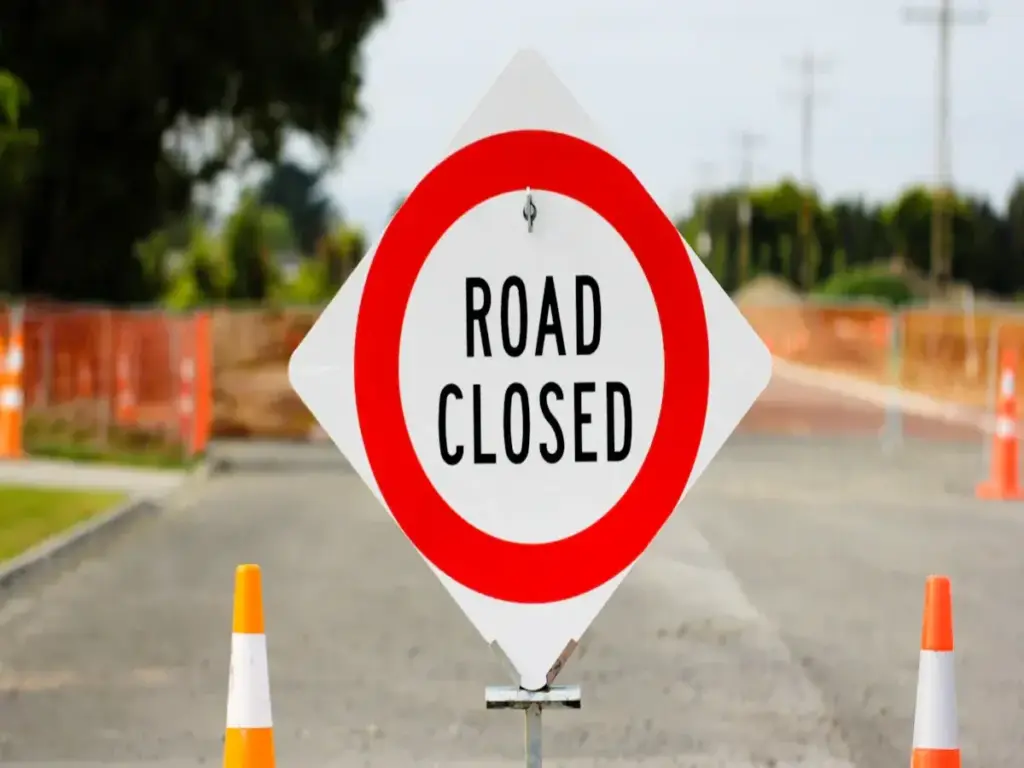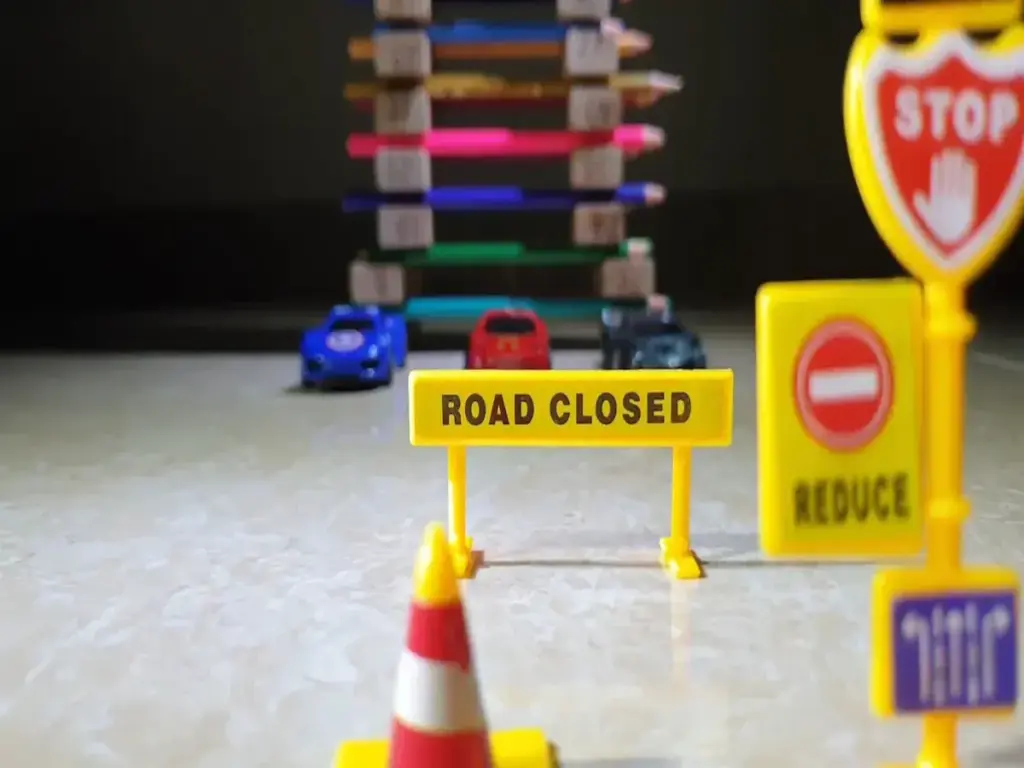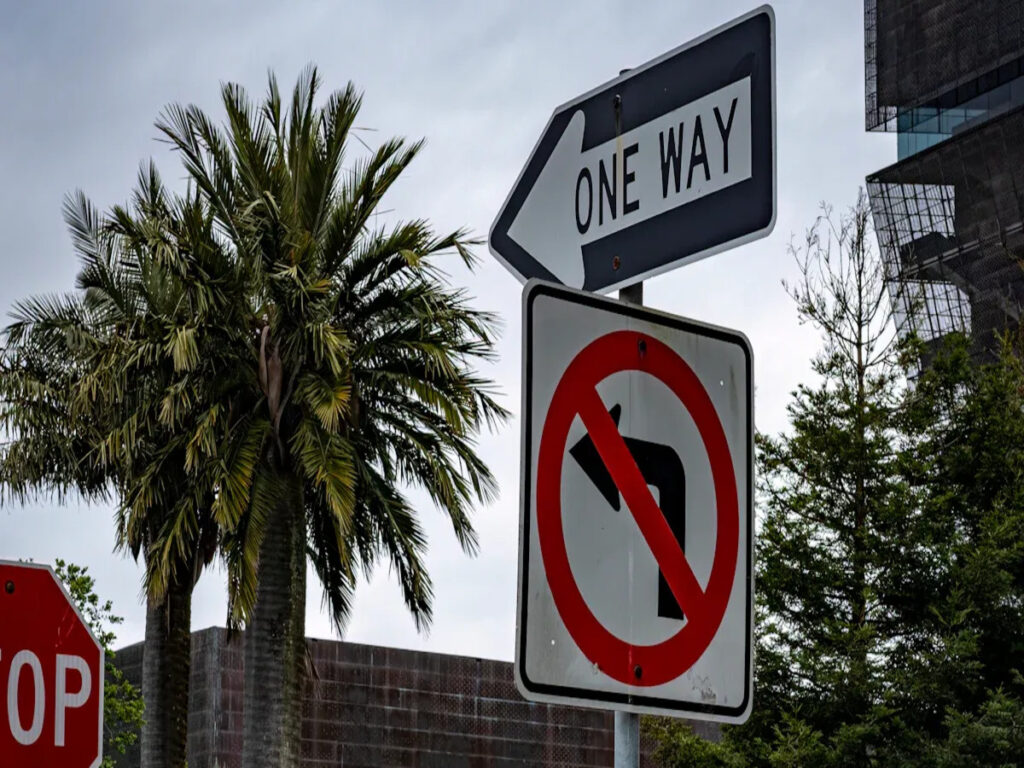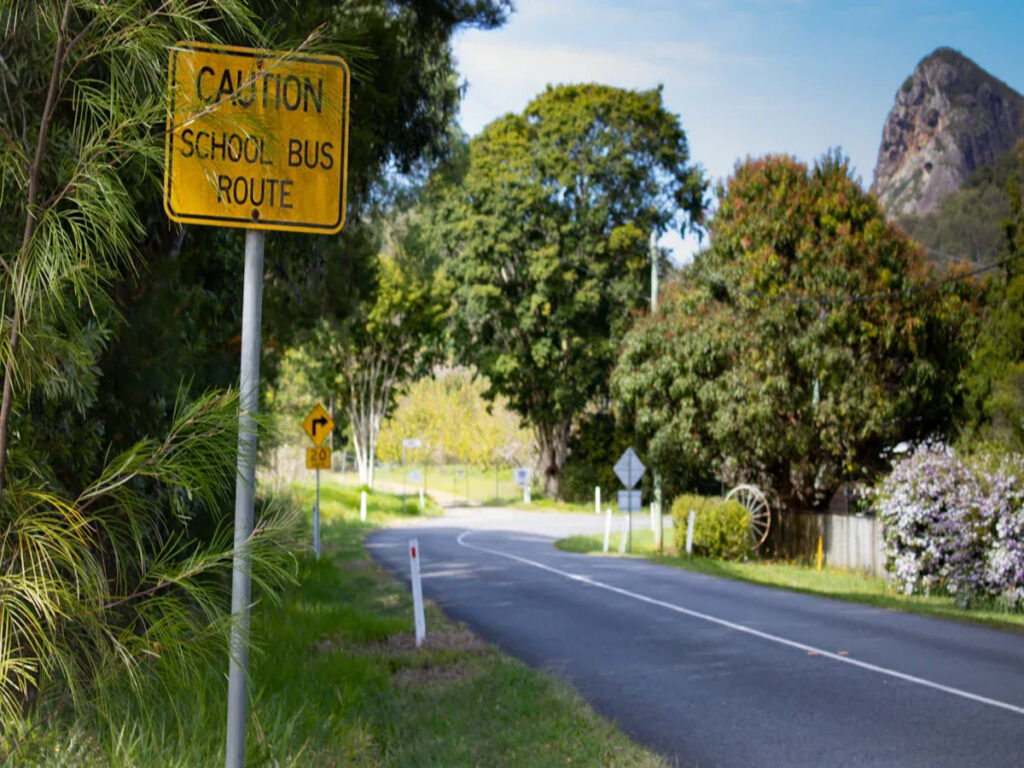
You often drive in the countryside in Australia and see many animal crossings. Each year, millions of native animals die on the roads.
- About 10 million native animals, like mammals, reptiles, and birds, die on Australian roads each year.
- Most wallaby crashes happen on country roads, mainly on Phillip Island.
- Lots of cars and fast driving make it more likely to hit kangaroos and other animals.
- Crashes with animals are a danger to species like Lumholtz’s tree-kangaroo in Queensland.
- More people are getting hurt or killed in animal crashes, and motorcyclists are most at risk.
Road warning signs are very important for road safety. These signs warn you about wildlife or farm animals and tell you to slow down. Studies in Tasmania show that these signs and other actions help stop animal crashes and help some local animals recover. When you watch out for road warning signs, you help keep yourself safe and protect Australia’s special animals.
At OPTRAFFIC, we understand the importance of road warning signs in protecting both drivers and wildlife. Our high-quality, clearly visible signage solutions are designed to keep roads safer for everyone. Explore our range of traffic signs and contribute to safer driving and better protection for Australia’s unique wildlife.
Animal Crossings in Rural Australia
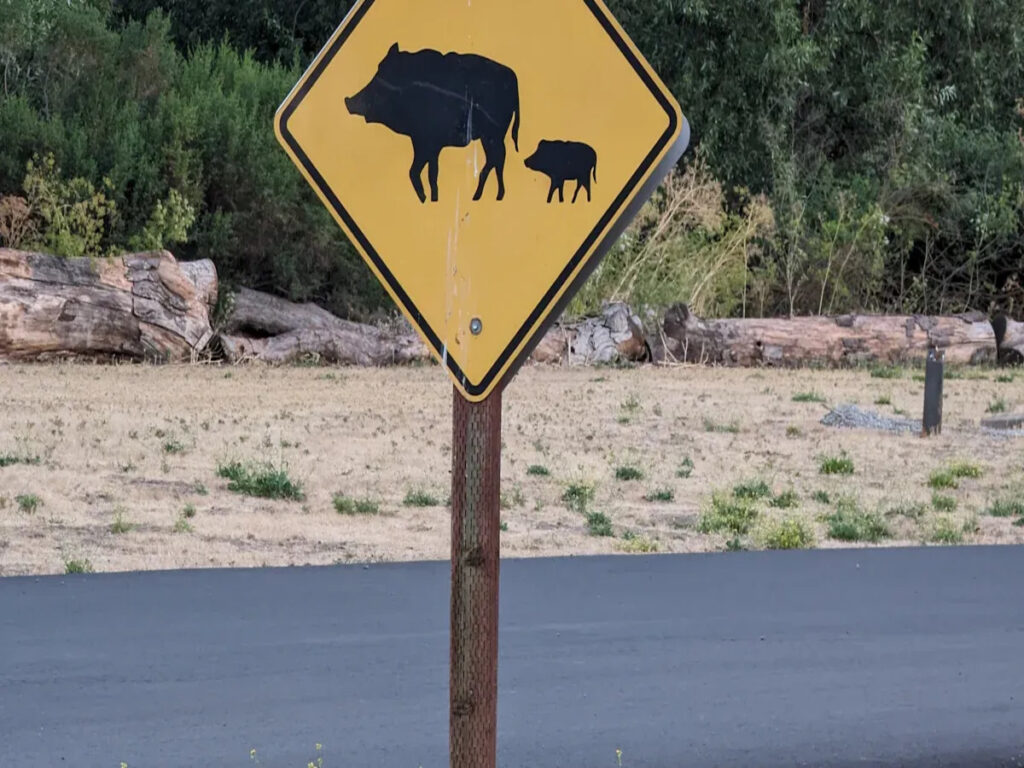
Wildlife on Rural Roads
When you drive on country roads in Australia, you see animal warning signs. These signs are important. Many native animals, like kangaroos, wombats, and koalas, live near these roads. Kangaroos are the animals you see most. You often spot them at dawn or dusk. There are many kangaroos, and they move around a lot. This means drivers see them often.
Here is a table that shows which animals get hit most in each region and when these crashes happen:
| Region | Most Common Wildlife Hit | Peak Collision Time |
|---|---|---|
| Victoria | Kangaroo | 8pm – 12am |
| New South Wales | Kangaroo | 4:30pm – 8pm |
| Queensland | Kangaroo | 4:30pm – 8pm |
| Western Australia | Kangaroo | 4:30pm – 8pm |
| South Australia | Kangaroo | 6am – 9:30am |
| Tasmania | Wallaby | 8pm – 12am |
| Australian Capital Territory | Kangaroo | 12am – 6am |
| Northern Territory | Kangaroo | 4:30pm – 8pm |
You might also see wallabies in Tasmania. In other places, you could spot possums or emus. These animals cross roads because highways and farms split their homes.
Risks and Challenges
Animal crossings are risky for people and animals. When animals cross, they can cause crashes. These crashes hurt people and wildlife. Koalas and other rare animals can get hurt or die in these accidents. Roads break up where animals live. This makes animals cross roads more often. More crossings mean more crashes.
Animals can show up anywhere, even where there are not many trees. More cars from farms and mines make things worse. Not all crashes get reported. This makes it hard for people to know where to put signs or build safe crossings. You can help by watching out and telling someone if you see an animal crash.
Types of Road Warning Signs
Common Animal Road Signs
When you drive on country roads in Australia, you see many animal signs. These signs help you know where animals might cross. The most common signs show kangaroos, wombats, koalas, wallabies, emus, cassowaries, echidnas, and dingoes. Each sign has a black shape of the animal on a bright yellow diamond. This makes the signs easy to spot from far away.
Tip: Slow down when you see these signs. Animals can jump out quickly, especially early or late in the day.
Here is a table that shows the main animal crossing signs and which animals they mean:
| Animal Crossing Sign Type | Animals Represented |
|---|---|
| Large Marsupials | Kangaroos, Wallabies, Wombats, Tree Kangaroos |
| Large Flightless Birds | Emus, Cassowaries |
| Other Native Wildlife | Koalas, Lyrebirds, Platypus, Possums, Tasmanian Devils, Bandicoots, Penguins, Dingoes, Echidnas, Lizards, Fruit Bats, Venomous Snakes, Turtles, Ducks |
| Introduced or Feral Animals | Wild Horses, Camels |
You will see kangaroos on lots of road signs. Kangaroos move in groups and cross roads early or late. Wombats have their own signs too. They are slow and heavy, so hitting one can really damage your car. Koalas need special care. You might see their signs near forests or eucalyptus trees, where they look for food.
Australian road signs are special because they show native animals. Other countries use signs for their own animals, like moose in Finland or elephants in Thailand. Australian signs show the unique animals you might see on your trip.
Livestock and Stock Crossing Signs
You also see road signs for farm animals in the countryside. Farmers move cattle, sheep, or horses across roads. These signs tell you to slow down and watch for animals. Livestock signs usually show a black cow or sheep on a yellow diamond. Sometimes, you see a sign that says “Stock Crossing” or “Livestock on Road”.
Note: Farm animals can cross in big groups. Always stop if you see animals on the road, and wait until they finish crossing.
Livestock signs help keep drivers and farm animals safe. Trucks and road trains use roo bars to stop damage from animal crashes. You should always watch out when you see these signs, as animals can appear suddenly.
Temporary and Seasonal Signs
Some warning signs are not always there. You might see temporary signs when farmers move animals. These signs are yellow or white with black writing, and they are easy to move. Farmers only put them up when they need to.
You also find seasonal signs in some places. For example, during koala breeding season, extra signs remind you to watch for koalas. In rainy areas, you might see signs for turtles or frogs. These signs help you stay careful when animals are more active.
Alert: Some roads now use electronic wildlife signs. These signs can flash or change words when animals are close. They use sensors to spot movement and warn you right away.
Wildlife road signs in Australia use bright colours and clear pictures. This helps you see them fast, even in bad weather or at night. Road signs are very important for keeping you and Australia’s animals safe.
Role of Animal Road Signs in Safety
Driver Awareness
When you see warning signs, you know animals might cross. These signs help you pay attention and slow down. This is important where animals cross roads a lot. Studies show warning signs can help save animals. In Dominica, signs and campaigns cut animal deaths by half. In Missouri, signs helped snakes during some seasons. But signs do not always work everywhere or for every animal. Experts say using signs with fences or tunnels works best.
Here is a table showing how warning signs and other actions affect animal safety:
| Location & Year | Species | Intervention | Outcome on Collisions | Notes |
|---|---|---|---|---|
| Missouri, USA (1986) | Massasaugas (snake) | Road signs installed | Fewer deaths in autumn | No reduction in summer |
| Dominica (2016) | Lesser Antillean iguana | Signs + awareness campaign | Road deaths halved | Campaign included media and lectures |
| Canada & USA | Various reptiles | Signs + fencing/tunnels | Reduced road deaths | Combined actions more effective |
Tip: Always look out for warning signs, especially at dawn and dusk. Animals are more active at these times.
Sign Placement and Visibility
Warning signs are bright yellow with clear animal shapes. This makes them easy to see, even at night or in rain. Road workers put signs at least 5 feet high and 6–10 feet from the road. They place them far ahead, so you have time to slow down. On slow roads, signs are 250 feet before the danger. On fast roads, signs are up to 500 feet ahead.
You see warning signs again and again on long country roads. This helps you remember to watch out for animals. Sometimes, electronic signs flash or show words when animals are close. These signs get your attention and help you slow down. Some signs only appear at certain times, like when animals breed or move.
Councils and wildlife groups work together to choose sign spots. They use reports of animal crashes and sightings to pick the best places. They also make sure trees or bushes do not hide the signs. This way, you can always see them clearly.
Note: Good sign placement and clear signs help you react fast and avoid hitting animals.
Legal Framework and Regulations
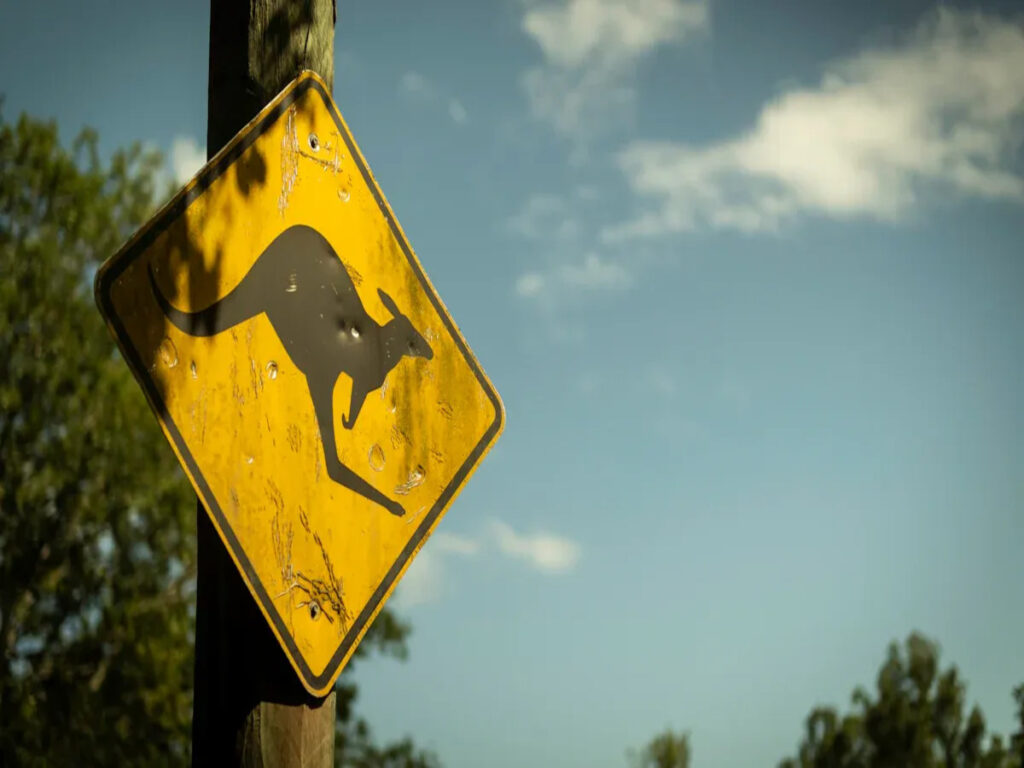
National and State Rules
You see animal crossing signs on rural roads because strict rules guide their use. These rules help keep you and animals safe. Australia uses a layered system for road signs. National standards set the base, and each state adds its own details.
- The Australian Standard AS 1742 controls how animal crossing signs look and work. This standard tells you the size, shape, and colours for each sign.
- Animal crossing signs fall under warning signs in AS 1742.3. You spot them by their bright yellow colour and bold animal shapes.
- Sign sizes change with road speed. Busy highways use larger signs, while smaller roads use smaller ones. The size codes (Series A to E) help match the sign to the road.
- State agencies, like Transport for NSW or VicRoads, add extra rules. They use guides such as the Manual of Uniform Traffic Control Devices (MUTCD).
- Local councils sometimes need bigger or brighter signs in risky spots. They also check and fix signs to keep them clear and easy to read.
- Reflective materials make signs stand out at night or in bad weather. This helps you see them from far away.
- States can change sign placement or size to suit local needs. This means you get the best warning for each area.
Note: These rules make sure animal crossing signs are easy to spot and understand, no matter where you drive.
Fines and Penalties
If you ignore animal crossing signs, you risk more than just a crash. You can face fines or other penalties. Each state sets its own rules for fines.
| State/Territory | Possible Fine for Ignoring Animal Signs | Other Penalties |
|---|---|---|
| New South Wales | Up to $464 | Demerit points, liability |
| Victoria | Up to $413 | Demerit points, insurance |
| Queensland | Up to $575 | Demerit points, court action |
You must slow down and follow the signs. If you speed or cause a crash in a marked area, police can fine you. You may also lose demerit points or face higher insurance costs. In some cases, you could be held responsible for damage to animals or property.
Tip: Always obey animal crossing signs. This keeps you safe and helps protect Australia’s unique wildlife.
Best Practices for Drivers
Safe Driving Tips
You can help keep country roads safe for everyone. Many animals, like kangaroos and wombats, cross roads without fences. Koalas, emus, camels, and cattle do this too. You must always watch the road and be ready to stop.
- Always drive slowly when you see animal crossing signs.
- Be extra careful early in the morning, at sunset, and at night. Kangaroos and wombats are busy then.
- Look out for cows and sheep eating near the road. They can walk onto the road quickly.
- If an animal jumps out, do not turn sharply. Slow down and brake straight. This stops your car from rolling over.
- Use your headlights to spot animal eyes shining in the dark.
- Look at both sides of the road for animals, not just ahead.
- Follow speed limits and watch for warning signs. This is very important where koalas often get hit by cars.
Tip: If you see an animal on the road, slow down and let it move away. Animals can act in strange ways, so waiting keeps everyone safe.
Community Awareness
You help make roads safer for people and animals. When you report places where animals cross, councils and wildlife groups can help. They use GPS and write down where animals are seen. This helps experts know where animals are in danger.
Community programmes teach you about animal crossings and safe driving. They help control animal numbers and support using warning signs. Volunteers from groups like AMRRIC and WIRES collect information and teach others. Their work helps make better rules and safer roads for all.
| Aspect | How Community Awareness Helps |
|---|---|
| Driver Education | Teaches you about animal risks and safe driving |
| Animal Management | Supports control of stray and farm animals |
| Warning Signage | Promotes clear signs in high-risk areas |
| Community Engagement | Involves you in reporting and safety efforts |
| Policy Enforcement | Encourages following road and animal rules |
Note: By joining local safety campaigns and telling others about animal sightings, you help protect drivers and wildlife.
Innovations in Animal Crossing Safety
Smart Road Warning Signs
You can now find smart road warning signs in the countryside. These signs use new technology to spot animals nearby. They warn you right away if an animal is close. Sensors, cameras, and special wires help these signs work.
- Buried Cable Animal Detection Systems (BCADS) put a hidden field under the road. When an animal steps on it, the field changes. The system then makes lights flash or turns on LED signs to warn you.
- Infrared beam sensors send a light across the road. If an animal walks through, the beam breaks. The sign then flashes to warn you.
- Some signs use cameras and microwave sensors. These systems use machine learning to check for animals. If one is near, the sign flashes or shows a warning.
These smart signs help you slow down when animals are close. Studies show about 80% of drivers brake or slow down when these signs flash. The systems work best for big animals like kangaroos and wombats. Newer versions use better vision and learning tools. This helps them spot animals more easily and stop false alarms.
Tip: Always watch for flashing or changing road signs. They mean animals might be nearby.
Wildlife Detection Systems
Wildlife detection systems use even smarter tools to keep you and animals safe. In Queensland, experts use artificial intelligence (AI) and facial recognition to watch koala crossings. AI cameras can spot koalas and tell them apart. This helps experts know where koalas cross and when they are in danger.
- Solar-powered ear tag transmitters track koalas over long distances. These tags help rescuers find koalas fast during bushfires or other dangers. Drones can also help search from the sky.
- Some places use virtual fencing. These devices sense car headlights at dawn or dusk. They make flashing lights and sounds to scare kangaroos away from the road. Trials show these fences can cut animal crashes a lot, but they cost more to set up.
Researchers use LiDAR sensors to spot animals like deer within 38 metres of the road. When the system sees an animal, it turns on warning signs to alert you. Machine learning helps guess where and when animals might cross. This makes roads safer for everyone.
Note: These new systems give you more time to react and help protect Australia’s special wildlife.
You help keep drivers and animals safe when you notice animal crossing signs. Good signs, careful driving, and helping your community all lower animal crashes.
- Telling others what you see and joining local safety groups helps a lot. You can use apps to report animal crashes. This lets more people know and helps experts fix problems.
- When people share information, planners know where to build animal crossings. This makes roads safer for everyone.
When everyone helps, Australia’s special animals stay safe and country roads become safer.
FAQ
What should you do if you hit an animal on a rural road?
Stop your car safely. Check if you or your passengers are hurt. If the animal is alive, call a local wildlife rescue group. Do not try to move large animals yourself. Report the accident to the local council if needed.
Why do animal crossing signs use yellow backgrounds?
You see yellow backgrounds because they stand out in all weather. The bright colour helps you spot the sign quickly. This gives you more time to slow down and watch for animals.
Are animal crossing signs the same in every Australian state?
Most signs look similar across Australia. You will notice the same yellow diamond shape and black animal symbol. Some states use extra signs or different sizes for special areas. Always pay attention to local signs.
When are animals most likely to cross rural roads?
Animals move most at dawn and dusk. You should stay alert during these times. Kangaroos, wombats, and other wildlife search for food when it is cooler. Use your headlights and slow down if you see warning signs.

